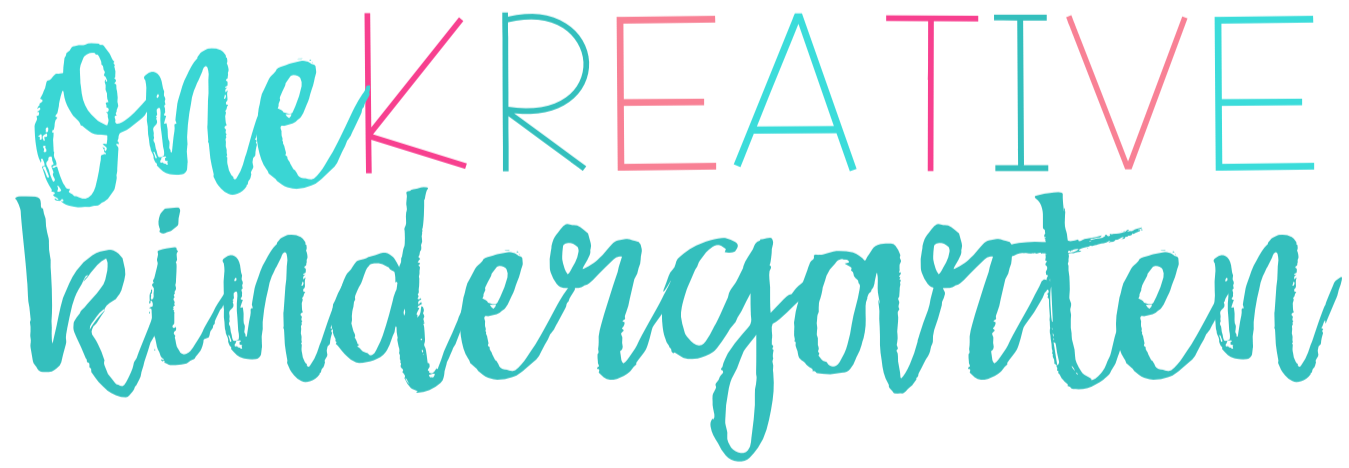Guided reading is one of my favorite times during the day because I love that I can differentiate for each student. However, the prep for guided reading can be challenging and sometimes I flat-out avoid it until the last second. Tailoring different lessons to different levels is a huge task and can be pretty overwhelming if you’re just starting out. That’s why I’ve created a step by step plan for you to get the perfect guided reading lesson each time and for any level.

How to Create the Perfect Guided Reading Lesson
Before you create your perfect guided reading lesson, you need to do a couple of things first!
Assess Students to Find Their Levels
First of all, you need to know your student’s levels. My school uses the Fountas and Pinnell guided reading assessments so I use this at the beginning of the year to find their level. I also assess them mid-year and at the end of the year. I send their end of the year assessments to the first grade teacher so she can group them in her class.
Create Your Guided Reading Groups
Once you know your students’ levels you can break them into appropriate groups and you’ll know what kinds of books to use. Fountas and Pinnell uses an alphabet scale so normally my kids are reading at an AA (pre-reading) through D/E. The level will depend on what system you use. You can even find some guided reading curriculum on TpT.

Steps to Creating a Perfect Guided Reading Lesson
1. Choose a book at the group’s level.
As I’ve mentioned above, I use Fountas and Pinnell so I have a set curriculum and books that I can choose from. I organize what group has read what book by highlighting the book name from a list that I have for each group. For example, my groups are colors so if the purple group reads Worm is Hot, I highlight it on the purple list so I know they’ve already read this book when I choose their book in future lessons.
2. Pick out sight words or vocabulary words from the book that you want to frontload.
Before we dive into our book, I preface our story by showing any sight or vocabulary words that may be tricky for students to read or that students may not know. That way, when they get to the word, they’ve already seen it and will know what it means.
2A. (Optional) Find a pre-reading activity.
I like to use a pre-reading activity mostly for my lower groups. Sometimes, I pick out words from the book that students can phonetically sound out and we practice sounding out these words before reading. Then, when they come to the word in their book, they’ve seen it and have practiced sounding it out so it’s not as intimidating.

3. Choose any reading strategies you want to reinforce.
I use the popular animal reading strategies: eagle eye, lips the fish, stretchy snake, chunky monkey, tryin’ lion, skippy frog and flippy dolphin. I like to introduce them one at a time and I decide which to introduce based on the kinds of words in the book.
4. Think of at least 3 comprehension questions you want to ask once the group has read the book a few times through.
Once students have read through the book at least two or three times, I ask them comprehension questions. To prepare for this part of the lesson, I write some out before hand. Check out my freebie below for a list of comprehension questions you could ask!
4A. (Optional) Decide on an extension activity they can do (depending on the level).
Mostly, my high groups get extension activities to complete once we’ve finished guided reading. I like to connect our extension activities to our skill of the week in language arts (I use Reading Street) that way they get more exposure to the comprehension skill. My high students can handle the extra challenge and benefit from the opportunity to transfer the learned skill to another story.
What steps do you take in creating your perfect guided reading lesson?
You may also be interested in…
Guided Reading: The Ins and Outs
Classroom DIY: Guided Reading Caddies





